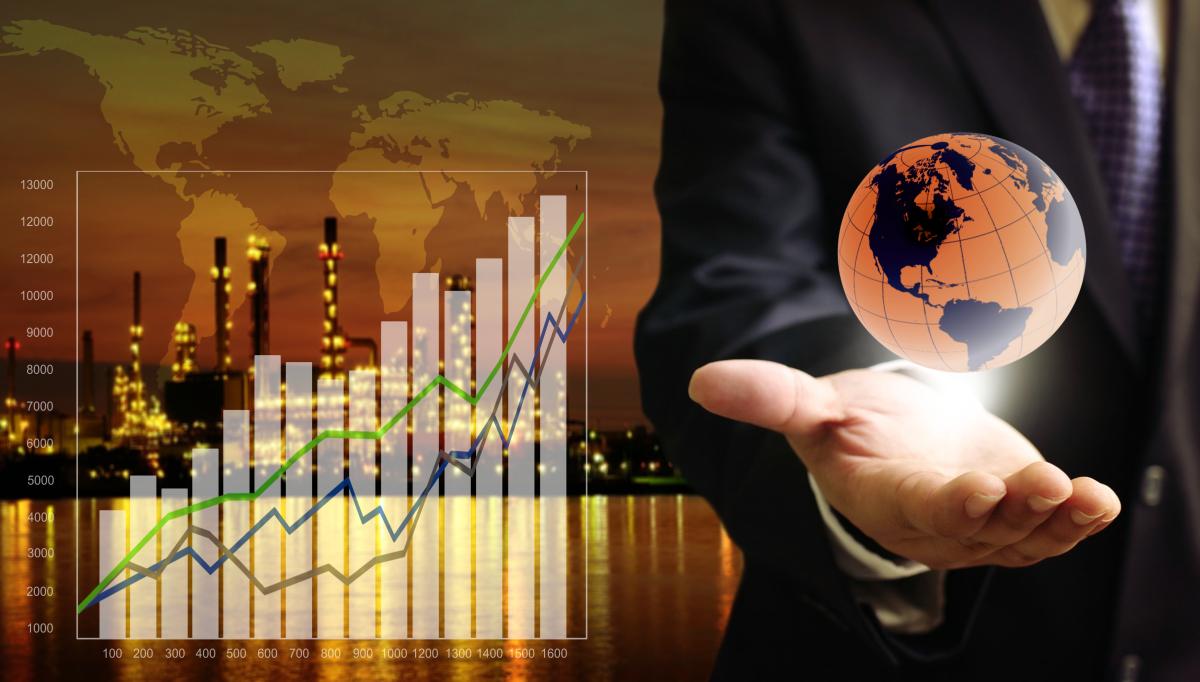The demand for ESG disclosures is growing rapidly from investors and other stakeholders, but there remains wide variations in how companies report and use data. Corporate Secretary sister publication IR Magazine recently hosted a webinar in partnership with Broadridge to discuss progress toward standardization and what impact it will have. Here we present some of the panelists’ insights.
‘NOT QUITE THERE YET’
‘I would say we are on a path to standardization, perhaps even global standardization, but [we’re] not quite there yet,’ said Joseph Vicari, managing director and ESG practice lead at Broadridge.
‘On a more positive note, if you look at what’s going on in Europe and the technical discussions occurring between the European Commission and the European Financial Reporting Advisory Group, there’s an aim of achieving as much… harmonization as possible between the European Framework and what’s anticipated to be a global standard from the International Sustainability Standards Board.
‘What’s happening in the US is a little less ambitious. Nonetheless, rulemaking is occurring. The SEC is finalizing its mandatory climate risk disclosure [rule], which will see companies required to disclose climate-related information in annual filings.’
‘TAKE A STEP BACK’
‘Is your strategy driving your metrics? Or are your metrics driving your strategy?’ asked Katrina Rymill, senior vice president of corporate finance and sustainability at Equinix. ‘Before you jump into the EU taxonomy, which is an item and document with just a laundry list, you need to take a step back and understand what the material is from a metrics perspective, and you need to look at the actual carbon emissions your company is producing.
‘What does this mean from a corporate governance standpoint around climate risk? Thinking about that governance structure ahead of where these regulators are trying to push from a reporting standpoint will create strategic importance and then you’ll get ready for the actual disclosures. It’s a lot and it’s moving incredibly quickly.’

‘FOCUS ON ENGAGEMENT’
‘You’ve got to be proactive in identifying what’s coming down the chute so you can address what’s in front of you,’ said James Siccardi, vice president of investor relations at Energy Recovery. ‘You also need to know what’s… going to be required of you over the next year or two.
‘The first step we took was to focus on engagement: we looked to all of our stakeholders, we went to our customers, we went to our investors, we went to our employees, we went to the board and we engaged in conversations with the ratings agencies. We then designed a matrix to try to identify what was most important for the group.’
‘GETTING THE DATA’
‘Our customers find it very valuable that they can quickly see what our peers are disclosing at an industry level, or in a custom peer group,’ said Ben Webster, CEO of Owl ESG. ‘I think that’s a good starting point, because if a lot of your self-selected peers are disclosing [ESG], there’s probably a good chance they’re disclosing it for a reason.
‘I think the difficulty for issuers is getting that data and efficiently doing analysis. There are a lot of software tools out in the market that help investors use ESG data to invest better, but there’s not a lot of great tools in the market that allow corporate issuers to very quickly get the peer assessments they need.’









